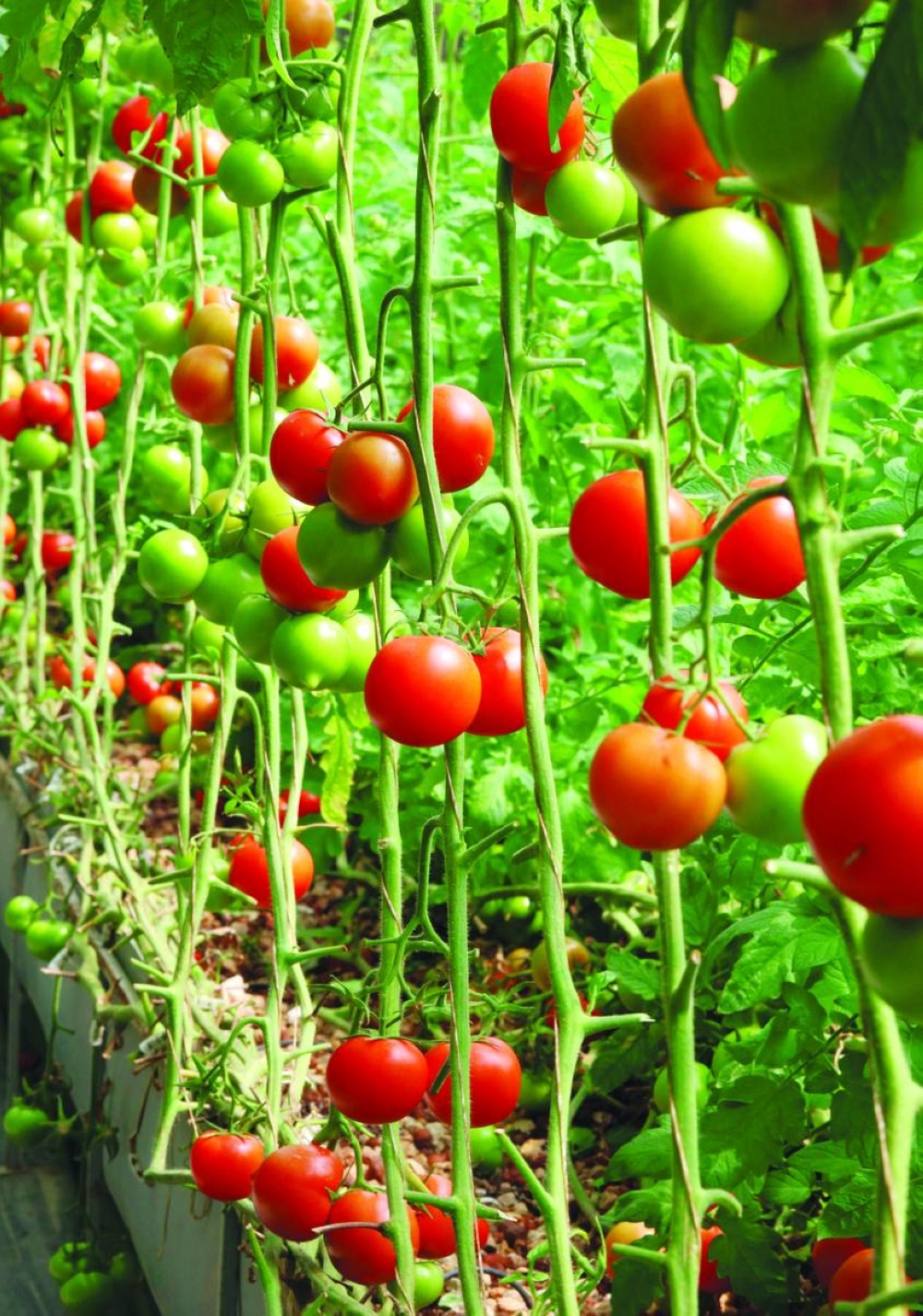Qatar's food inflation is among the lowest in the world, according to the World Bank’s food price inflation tracker.
In 2023, until September, Qatar's food inflation was less than 2% and from October to December, it was less than 5%, World Bank said in its latest ‘Food Security Update’.
Based on a traffic light approach, Qatar was given green and yellow colour code with green indicating a year-on-year increase of less than 2% and yellow a year-on-year increase of 2% to 5%.
Qatar’s food price inflation (percent change, year on year) in 2023, according to the World Bank, was -0.6% (January), -1.9% (February) 0.7% (March) 1.4% (April), -2.2% (May) -0.7% (June), 1% (July), 0.5% (August), 1.9% (September) 3.7% (October) 3.8% (November) and 4.6% (December).
According to the World Bank, food insecurity remains high in the Middle East and North Africa and is exacerbated by the ongoing conflicts.
In Gaza, food insecurity has reached alarming levels and is projected to increase. The IPC (Integrated Food Security Phase Classification) Famine Review Committee was activated on December 11, 2023.
Based on data covering November 24 through December 7, 2023, 25% of the population in the northern governorates, 15% of internally displaced people in the southern governorates, and 10% of residents of the southern governorates were in catastrophe (IPC Phase 5).
The committee warned that the risk of famine was increasing daily amid intense conflict and restricted humanitarian access. It is projected that, between December 8, 2023, and February 7, 2024, the entire population of the Gaza Strip (about 2.2mn people) will be classified in IPC Phase 3 or above (crisis or worse), with half of these expected to be in emergency (IPC Phase 4) and 25% in catastrophic (IPC Phase 5) conditions.
“This is the highest share of people facing high levels of acute food insecurity that the IPC initiative has ever classified for any given area or country,” the World Bank noted.
In Lebanon, the most recent IPC acute food insecurity analysis, published in December 2023, estimates that, for October 2023 through March 2024, about 1.05mn Lebanese refugees, Syrian refugees, Palestine refugees in Lebanon, and Palestine refugees from Syria will face acute food insecurity and be classified in IPC Phase 3 (crisis) or above, corresponding to 19% of the analysed population.
It is projected that this will increase to 1.14mn people between April and September 2024.
The causes of the decrease in food security in Lebanon are the country’s continued economic crisis and food inflation.
The projection assumed that the tensions at the southern border will not escalate into a wider conflict.
Although Jordan is considered to have moderate food insecurity overall, according to the 2023 Global Hunger Index, its refugee communities are facing an increase in food insecurity.
“Funding shortfalls for the UN aid organisations, which the conflict in the Middle East has exacerbated, are limiting the aid available to these communities, further undermining their food security,” the World Bank said.


